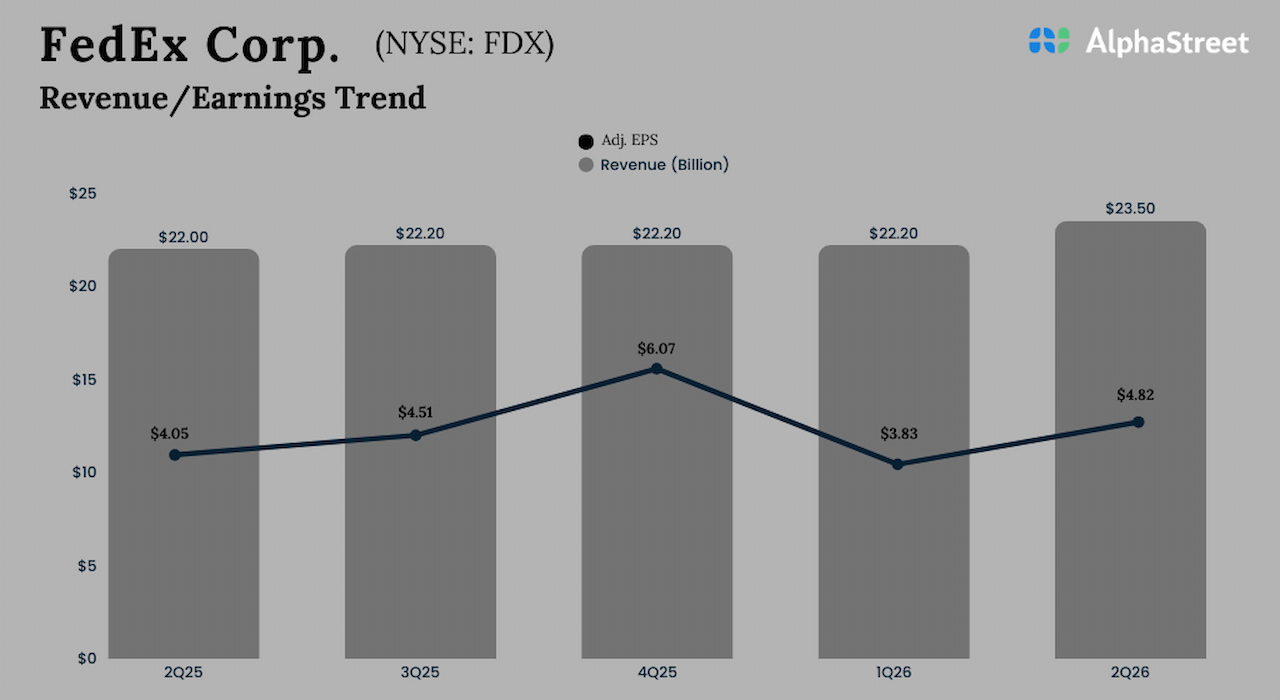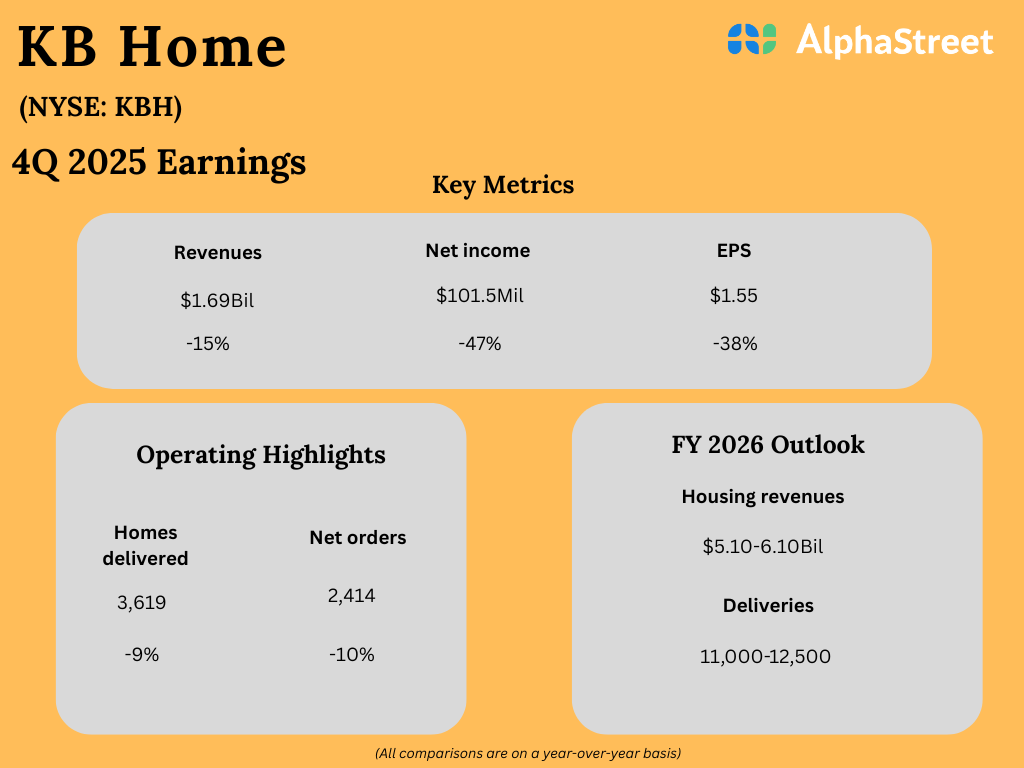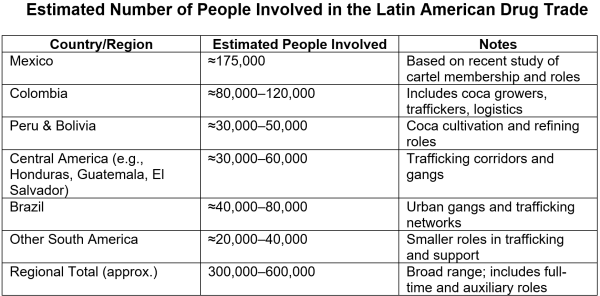In This Article
Rent price has been growing for years, but rising rents don’t guarantee rising profits if tenants can’t afford them. Instead of relying on market averages, you can calculate what tenants actually have left over after debt and essential expenses. Their discretionary income is your roadmap to profitable, sustainable rent increases.
By analyzing median household income, monthly debt payments, and local cost of living, you can calculate how much cash tenants realistically have left over. That number tells you whether there is room to support higher rents without pushing tenants beyond their means.
For example, say the median household income in your neighborhood is $60,000 per year. If the average monthly debt service is $1,200 and the cost of living essentials add up to another $2,000, that leaves roughly $1,800 in discretionary income each month. Knowing this helps you see if tenants in the area can comfortably absorb a modest rent increase. When you can demonstrate that a property is positioned in a market where residents have healthy discretionary income, you create a stronger case for rent growth, which in turn makes the property more valuable to both current owners and prospective buyers.
That’s where WDSuite’s freely available Tenant Credit Insights come in. It is a free tool for anyone to use, and there is useful information for all different types of strategies, and experience levels. Instead of guessing, you can use real-time tenant and neighborhood data to set rents that are profitable and sustainable. I recently went through this process, and here’s how it works step by step.
Start With the Income Baseline
The first thing you need to know is household income. In WDSuite, you can pull the median household income for the neighborhood right from the Neighborhood Map. You can also use the income your tenants reported when they applied. This number becomes the starting point for figuring out how much of that income is available for housing.
Understand Tenant Debt Service
Next, I went to the Multifamily Tenants tab and pulled the Monthly Debt Payment metric. This shows the total monthly debt payments across my tenants at the property. You can drill down further to see things like auto or student loan payments and bank card payments.
This is important because if they already have a lot of monthly debt payments, you can tell there is not much room left over for rent. What I liked was that WDSuite also benchmarks this against both the neighborhood and the metro for multifamily tenants residing in properties with a similar unit count.
One important detail is that bank card data reflects the minimum monthly payment, not the full balance. When you do eventually screen a tenant, you will get their credit report back that will tell you the actual balances of their debt, including credit card balances. To keep things simple, I used a weighted average of all debt and credit card payments across my tenants, which is a measure of all debt.
Factor in the Local Cost of Living
Debt is only part of the picture. People still need to pay for groceries, utilities, transportation, and other basics.
That’s where local cost of living comes into play. You can look up typical budget weights for your market, like what percentage of income usually goes to food, utilities, or transportation. Adding these percentages gives you a realistic sense of how much money is already spoken for before rent even comes into play.
This is often overlooked when analyzing a market or a deal. The majority of landlords only consider the rent-to-income ratio.
For example, I require their income to be three times their rent. So if the rent were $1,000, their monthly income would need to be $3,000. Then you can confirm that their debt-to-income ratio doesn’t take up all of their income.
Most people don’t account for utilities, groceries, and transportation, which are all essential to living. If the area is a high-cost-of-living area, this could be as high as having a second mortgage, especially the more mouths you have to feed.
For utilities, you should have an idea of what the property’s utilities are that the tenant will be paying. You can always call the utility provider, give them the address, and ask for an annual monthly average for that property. They can’t give out people’s exact bill amounts, but can usually give an average.
As an investor, you want to be able to have the ability to add value to your investment by increasing rents. When using WDSuite’s tool you can analyze the income of people in the area to make sure there is enough discretionary income to afford rent increases. A primary goal of investing is to evaluate the future value of the property. If tenants in that market have more discretionary income there will be more opportunity to increase rents. Which in turn will increase the value of the property. Let’s discuss how to determine discretionary income.
Calculate Discretionary Income
Once you have income, debt, and cost of living, you can calculate how much discretionary income is left. The formula looks like this:
Discretionary = Median Income – Monthly Debt – (Cost of Living % × Median Income)
This gives tenants the headroom they need for housing without stretching their budget too thin.
Factors to consider are how many bedrooms you intend to rent with your property. For example, a three-bedroom or four-bedroom property will be more suitable for a family than for a single person.
Using the formula can help determine if the person can afford to live with what you want to charge for rent. If there is only $200 left for discretionary income, that is probably too tight of a budget for someone, especially for a family. As a mother of three, let me tell you, kids require a lot of discretionary income.
As a landlord, you want to reduce turnover and vacancy. This can eat away at your cash flow potential. If there is more discretionary income you can increase the rents on the property as your insurance and property taxes also increase on the property. The more discretionary income is available, the more likely a tenant is able to stay because they can still afford the increase.
You might also like
Set a Risk-Adjusted Rent Band
A good rule of thumb in the industry is that housing costs should not exceed 30% of gross income. By using WDSuite’s data, you can figure out a realistic range that tenants can afford.
For me, this was the part that really clicked. I could see not only what the neighborhood could support, but also how my actual tenant base stacked up financially. That made it a lot easier to make decisions about rent adjustments with confidence, and also showed me an opportunity in purchasing new rentals in different areas where there was room to increase rents.
Keep Checking the Data
Tenant finances aren’t static. Debt loads change, incomes shift, and neighborhood benchmarks move over time.
The nice thing is that WDSuite updates its tenant credit data on a monthly basis. I plan to check back in regularly to stay ahead of changes, so I’m not caught off guard.
Staying on top of your market value should become part of your routine, whether you are still in the market for acquiring new properties or you have lease renewals coming up that are eligible for rent increases.
Frame Rent Increases as Value
Even when the data supports a rent increase, it’s not just about charging more. How you communicate it matters. For investors looking to acquire new properties, the real objective is to uncover ways to increase value, not just to purchase and hold. Tenant credit insights become a powerful tool in this process because they allow you to evaluate whether residents have the financial headroom to comfortably handle higher rents. Rather than framing the conversation around restrictions on rent growth, it is more compelling to position these insights as a forward-looking measure of tenant stability and spending capacity. If you know tenants have excess cash flow after covering debt and living costs, you can more confidently assess the property’s potential for income growth and long-term appreciation.
Pair rent adjustments with something tenants can see or feel. That might be an appliance upgrade, fresh flooring, better parking, or improved maintenance response times. When people feel they are getting more value, they are less likely to see a rent increase as just another cost.
One of my favorite strategies when increasing rent is to send a letter to the tenant with comparable properties for rent in the area to show them that if they moved, they would be paying the same rent or sometimes even more in rent, plus moving costs and just the inconvenience of it. I have never had anyone say no to a renewal with a rent increase by doing it this way.
Final Thoughts
Quoting out rents used to feel like throwing a dart at the board for me. WDSuite’s Tenant Credit Insights turned it into a process based on real numbers. For any landlord looking to optimize without overreaching, this tool makes a big difference.

























